Tech Secrets for Success
Description
BOSSes Anne Ganguzza and Tom Dheere dive into the essential digital toolkit for today's voiceover professionals. Their lively conversation spotlights practical solutions for safeguarding valuable audio, effortlessly showcasing your work, and leveraging the power of AI to streamline your workflow. They unveil their go-to platforms for reliable cloud backups, easy video conversion for portfolio building, and AI assistants that can help with everything from crafting professional communications to generating content ideas. By sharing their tried-and-true tech arsenal, Anne and Tom empower voice actors to work smarter, not harder, and confidently navigate the ever-evolving digital landscape of the voiceover industry.
00:02 - Anne (Host)
Hey, if you're looking to take your podcast to the next level, my podcast consultation coaching services teach you how to sound more authentic, develop smart strategies, and market your show effectively. Let's elevate your podcast together. Visit anneganguzza.com to get started.
00:22 - Speaker 2 (Announcement)
It's time to take your business to the next level: the BOSS level. These are the premier business owner strategies and successes being utilized by the industry's top talent today. Rock your business like1 a BOSS—a VO BOSS. Now let's welcome your host, Anne Ganguzza.2
00:42 - Anne (Host)
Hey, hey everyone, welcome to the VO BOSS Podcast and the Real BOSS Series. I'm here, Anne Ganguzza, with my good friend, Mr. Tom Dheere. Hello, Tom Dheere, how are you today?
00:53 - Tom (Guest)
I am good. Anne Ganguzza, how are you?
00:56 - Anne (Host)
I am relieved.
00:58 - Tom (Guest)
Relieved? Want to know why? Yes, why?
01:01 - Anne (Host)
Well, I had a scare this week where I all of a sudden went to go access one of my audio files to send to my client, and it said, "No, there's no drive." And I went, "Oh my God, I lost my drive!" And that's one of those things—I don't know if you're on an Apple Mac or any kind of computer—when all of a sudden the drive doesn't show up, you're like, "Oh my God, let me unplug it, let me replug it, let me unplug it, replug it," and you wait to hear it spin up. And back in the day, when I used to work in technology, it was a thing. Like your backup plan had to be solid because you could not lose any data, and it used to be very complex where you would have RAID systems and you would have dual backup systems, and you'd pay a lot of money to have systems backing up to other things. And I'll tell you what I got.
So, paranoid, I unplugged my drive, plugged it back in. Nothing. Same thing, did it multiple times, unplugged it from the cord, I rebooted my computer. Nothing happened. But I'll tell you, I was saved by my favorite tool in the world, which is called Backblaze, which backs up all of my data onto a cloud, and I was able to restore the data that I needed to send to my client to another external drive that I have and do it within the next couple hours. It was actually a few terabytes, right, because my drive... I put everything, Tom, and I think we can talk about this—I have, since I worked in technology, I put everything that's important on an external drive, and that drive gets backed up multiple times. And that way I don't ever have to worry about like, "Oh gosh, if I need to update my..." I never put anything important on my main computer drive, always on an external drive that gets backed up.
02:36 - Tom (Guest)
Because it's easy. I think this leads into an extremely important lesson that we could just start right off with. For all you BOSSES out there: do not be 100% cloud-dependent with your data, and do not be 100% external hard drive or internal hard drive-dependent with your data. But back them up, back them up.
02:54 - Speaker 2 (Announcement)
Make sure that they are backing each other up.
02:57 - Tom (Guest)
What I have is I have Norton 360, which is generally... Norton is known for its antivirus software, and Norton 360 does that. But what it also does is it backs up my hard drive every single day up to one terabyte. And, like you, I have very little actual data on the hard drive of my desktop computer itself. I also use Google Drive's Google Workspace.
03:22 - Speaker 2 (Announcement)
If you have a Gmail account or a Gmail address.
03:23 - Anne (Host)
Same thing. Yep, you can use Dropbox as well.
03:25 - Tom (Guest)
Yep, you can use Dropbox as well.
You can use OneDrive, you could use Box, you could use CrashPlan, you could use Carbonite. I used to use Carbonite for a very long time, and I was very happy with it, and then I realized I had Carbonite, Box, Dropbox, OneDrive, and Google Drive, and I realized it was so redundant. So my primary cloud-based data storage is a combination of Google Drive with Google Workspace and Norton 360, and I also have an external hard drive which I will actually occasionally hook up and physically back everything up and put it away. So I've got like three—two cloud-based and one drive external hard drive-based—home base for all of my data, in case something bad happens with one or, heaven forbid, two of them.
04:17 - Anne (Host)
It's been a lifesaver, I'll tell you what. So Backblaze—just my favorite. By the way, I'm an affiliate, guys. I'm going to put a link for you. What I love about Backblaze is that basically, you just set it to work and it works seamlessly in the background. It will always... it backs up every minute of the day. It backs up, and it doesn't take a lot of resources on your system. So every time you create a file, it's just going to be backing it up to the cloud, and then you just... it's really simple. You go to your account on the cloud and you restore it, and it basically just keeps the most current backup.
You can keep different versions of backups. If you have version one of a file, version two of a file, you can keep all the versions of your backups for up to a year. It just really depends, and it is super reasonable. I think I pay $99 a year. So I use that in combination with Dropbox. I have like three terabytes for Dropbox, and I keep all my student data on that, and that way I can share my drive with my clients and my students, and that is my Dropbox, which is always backed up, so I don't have to worry about that data either. So I use the combination, and I also have a Google Drive. So those are my cloud-based: Dropbox and Google, and then my Backblaze, which is my backup for all my drives that I have on my computer, and I only put important stuff on my external drives. That way if I need to update my operating system, I don't have to worry about restoring all the other data onto that main drive on my computer.
And you can... even with Backblaze, you can order, like I had, a four-terabyte drive or a five-terabyte drive. If the entire drive goes—which drives do, I mean, they have a lifespan—you can actually just order a replacement drive, and it ships out within two to three days. It's an encrypted drive that you can actually just plug in via USB, and then ultimately you have that mirrored drive so that you don't have to restore the data through the cloud, because sometimes if you do have five terabytes of data—let's say if you have video—it could take an awfully long time to restore through the online version, and so you can just order a drive, and I've done that two times. So that's one of my favorite tools, Tom. So what are some of your other favorite tools that you have to run your business?
06:18 - Tom (Guest)
Like I said, I do use Google Drive regularly. If you have a Gmail account, I think you already get 15 gigs of storage space, but with Google Workspace, you get two terabytes for like $15 a month, and I also use it to synchronize my email. Actually, that's really exciting—the ability to synchronize my email in Gmail with my phone, my desktop, my laptop, and my tablet, so I can access my emails anytime I want. But other tools that I've really been enjoying lately: this is something that comes up a lot. Voice actors of all parts of their journey desperately want to get their hands on the finished product, which is, most of the time, the finished video of a voiceover that they did, most of the time commercials or explainer videos or things like that.
So I have a two-pronged system. Number one, I go to YouTube once a month. I'm on YouTube every day, who am I kidding? But I mean, for this exercise, I go to YouTube, and I have a list of all the voiceover jobs that I did in the previous quarter or previous month, and I look at all the front-facing stuff, all of the commercials and explainers, the things that would be normally exposed to the public—not like the e-learning modules and the internal corporate stuff—stuff that has been published publicly.
07:34 - Speaker 2 (Announcement)
Published publicly, exactly.
07:34 - Tom (Guest)
And then what I'll do is I'll find all of them, find the ones that I can. I will save them to a playlist in YouTube, and I have a playlist for every genre of voiceover that...
07:46 - Anne (Host)
I've done. Yeah, me too.
07:46 - Tom (Guest)
But this is where the tool comes in. I download the YouTube video. There is a specific software that I use called Any Video Converter. We'll put the link down there. It's absolutely free. I think it's just anyvideoconverter.com. And then you download that free software, and all you do is paste the YouTube link in, and then it says, "Do you want audio only, video only, or audio and v

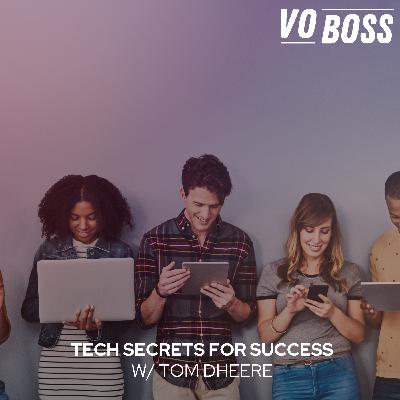

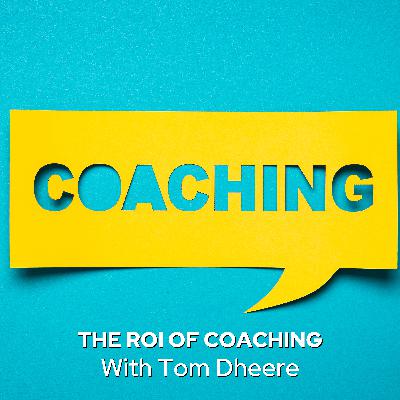

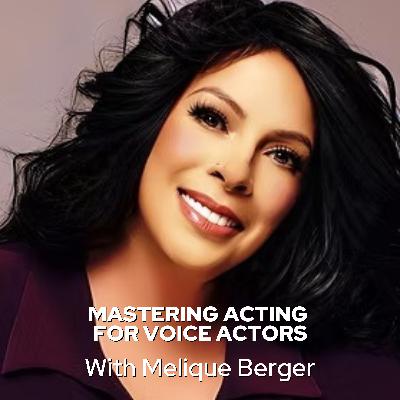
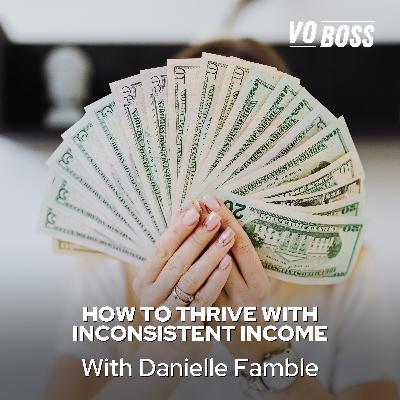
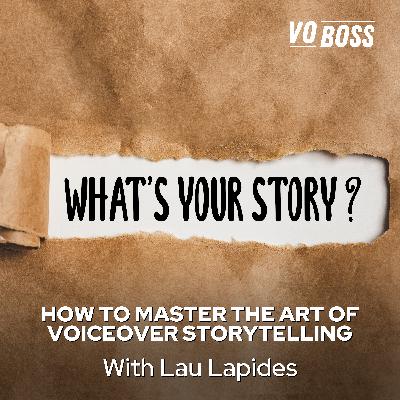
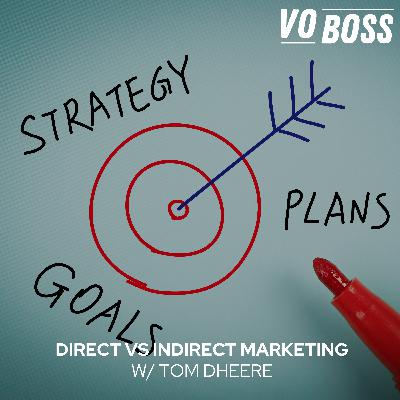

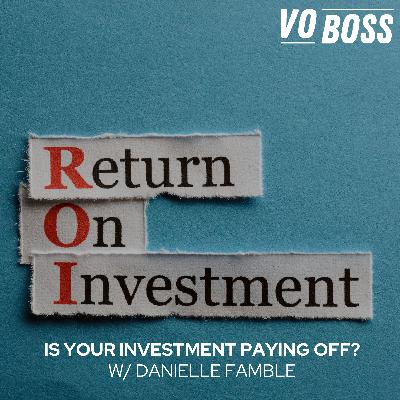

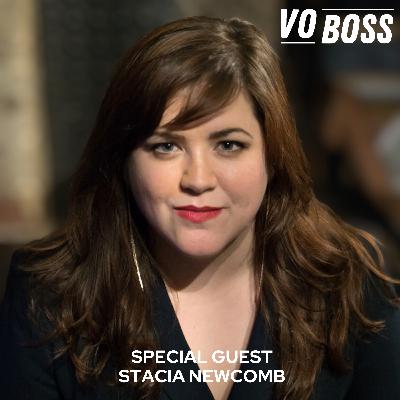
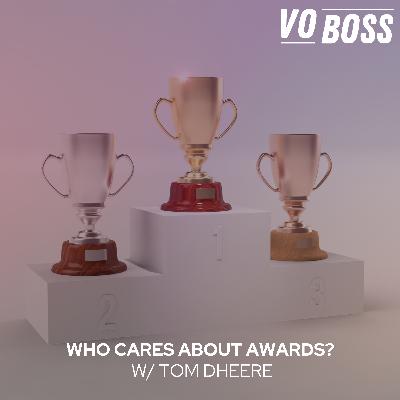
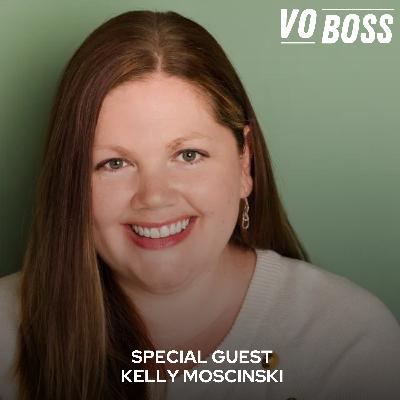
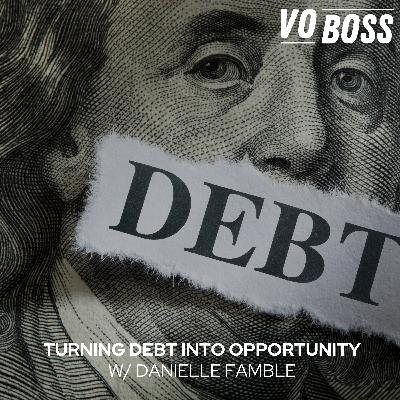
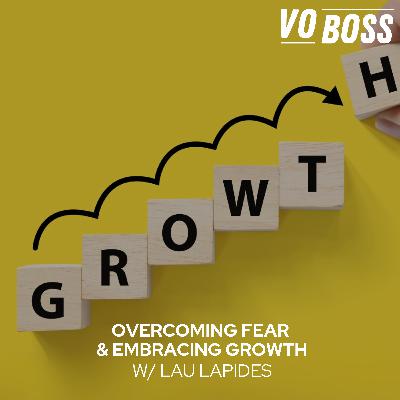
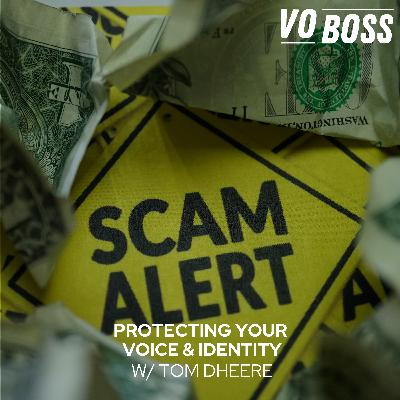
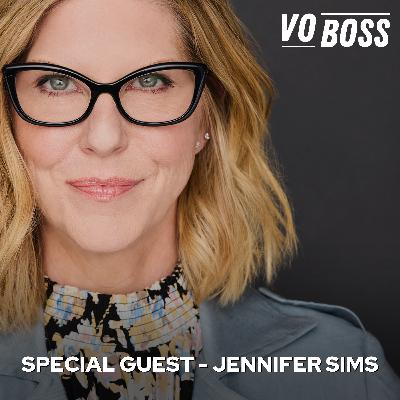
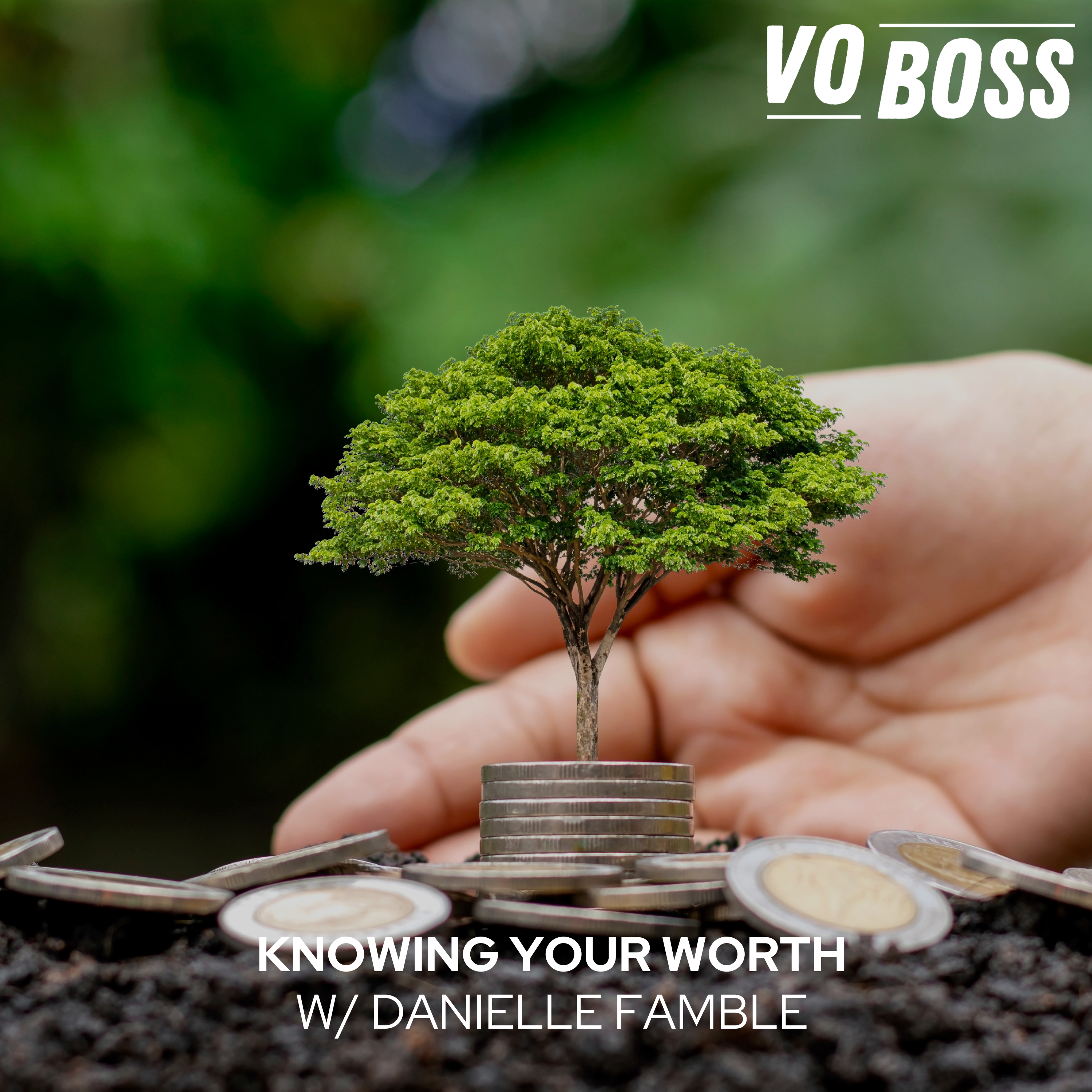
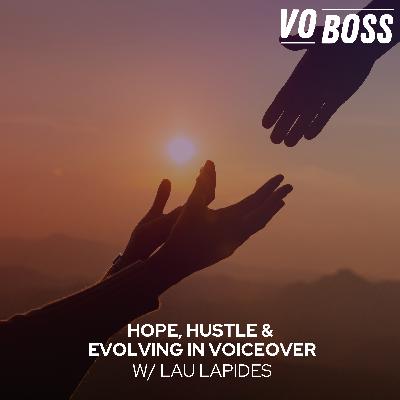




Another solid episode with some great glimpses of technology and how to make it assist in VO and podcast creation. Well done.